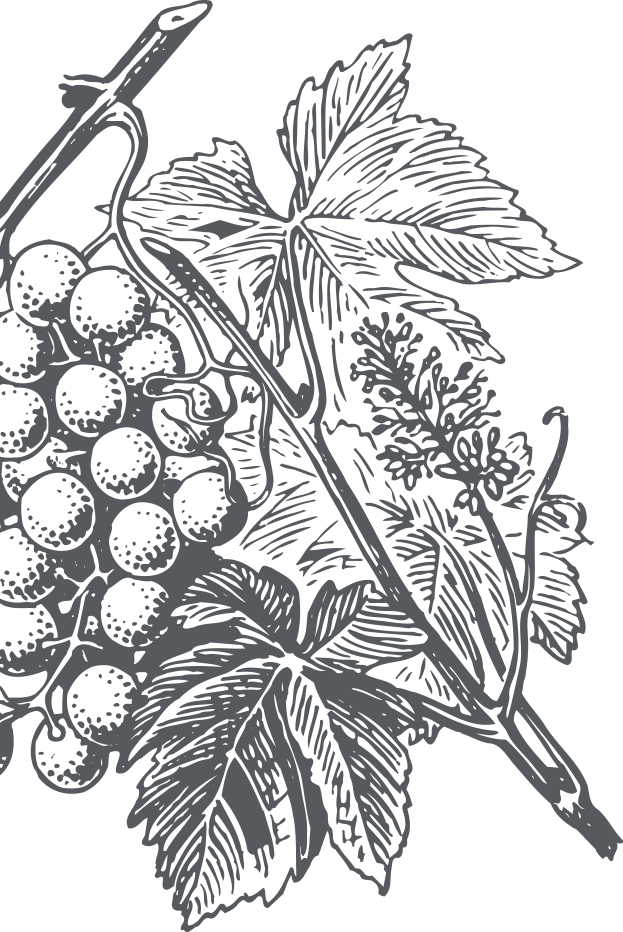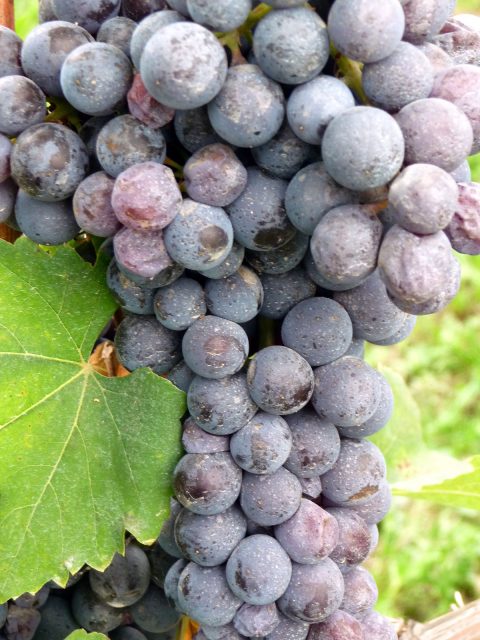Nebbiolo is now grown all over Piemonte, but probably originated in the Alpine valleys, and is one of the oldest grapes in the region; this is borne out by the large number of sub-cultivars and biotypes of the vine, the fruit of diversification in different environments. In the province of Torino it produces a number of DOC wines, including Carema DOC from the town by the same name. In these areas, in the northernmost part of the Canavese hills, vine-growing is truly heroic, and creates a unique landscape because of the characteristic system adopted, with the vines planted on terraces that cling to the mountainside at an altitude of 350 to 700 metres (1000 – 2000 ft). In Carema and the surrounding towns, Nebbiolo, which is known as Picotener, is grown on a pergola with special masonry or stone supports. Because it is a vigorous vine, it adapts very well to this type of horizontal system which encourages the exuberant nature of the vine and ensures that the new shoots are some distance from the ground, to protect them from the late frosts that are a common occurrence in mountain areas. The grapes ripen late and the bunches are checked constantly by the vine-farmers to guarantee the best exposure to the sun. Output is never constant and only the best bunches are picked for Carema, producing a wine that ages wonderfully. And in this particular mountain environment, the Nebbiolo grape produces very particular oenological characteristics, based on a mixture of structural components that give it a much more harmonious and more stable colour than the Nebbiolos grown in other areas of Piemonte (First congress of Mountain and steep-slope viticulture, Saint Vincent, March 7/ 8, 2006, Abstract V. Gerbi et al).




